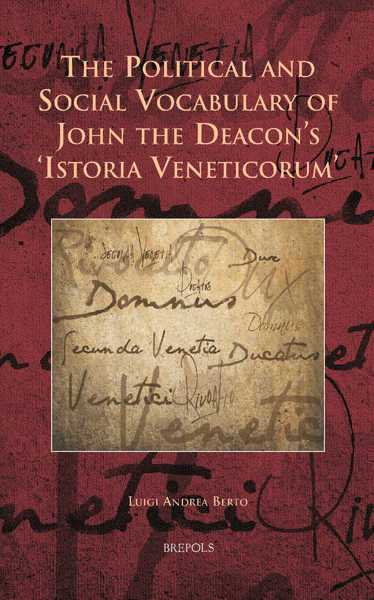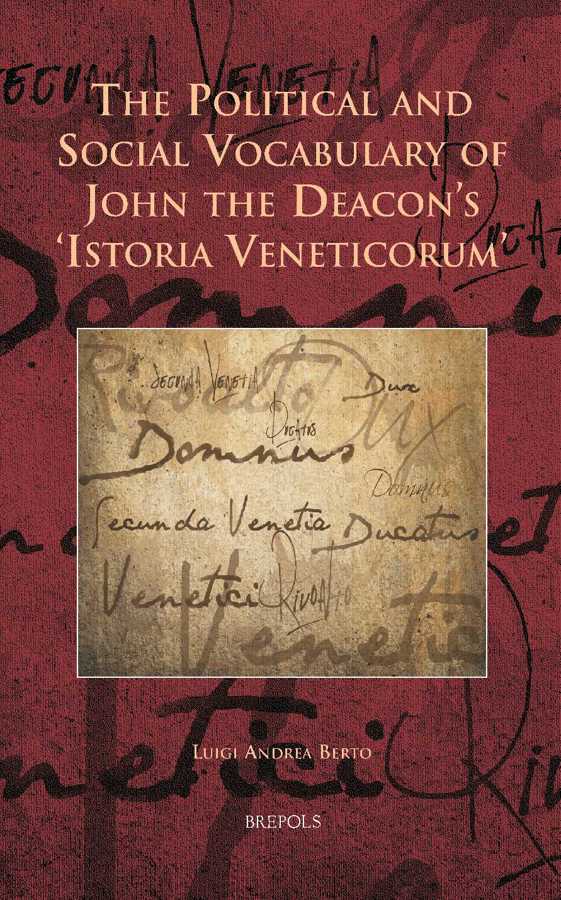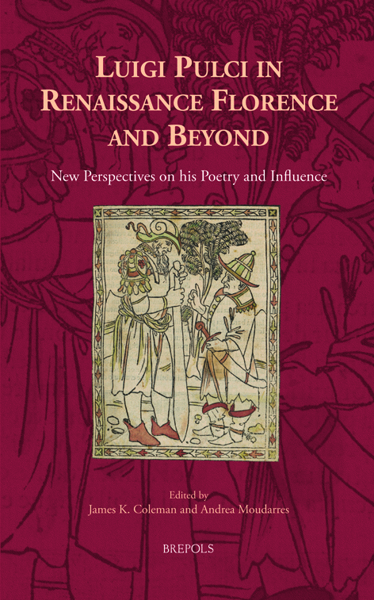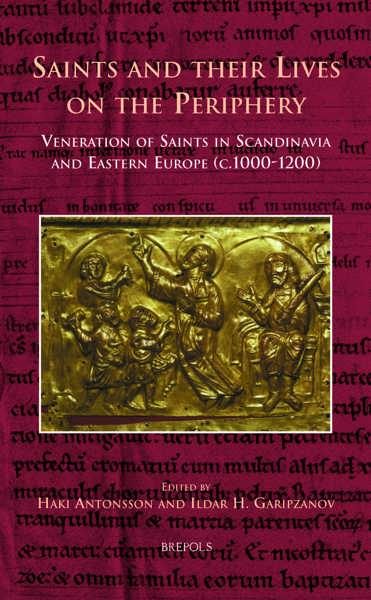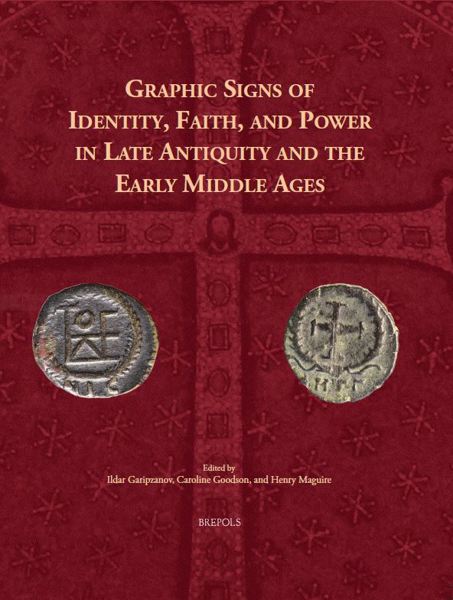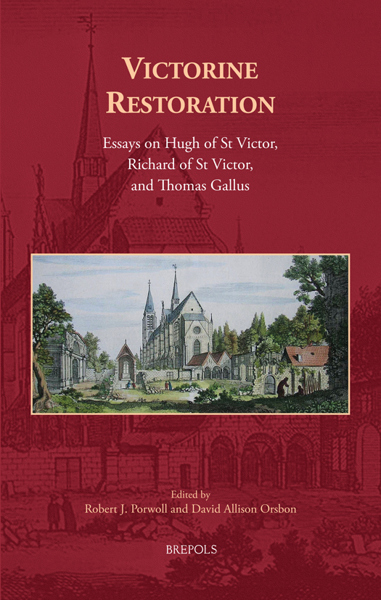
The Political and Social Vocabulary of John the Deacon’s 'Istoria Veneticorum'
Luigi A. Berto
- Pages: 264 p.
- Size:156 x 234 mm
- Language(s):English
- Publication Year:2013
- € 85,00 EXCL. VAT RETAIL PRICE
- ISBN: 978-2-503-53159-5
- Hardback
- Available
"The book is a valuable working-tool for each scholar approaching John the Deacon and his multi-colored vocabulary." (Francesco Borri, in: Sehepunkte, Ausgabe 14 (2014), Nr. 7/8)
"Berto's book will doubtless prove very useful to those studying the connections between historiographical writing and political ideology in the Early and High Middle Ages. (...) His originality as an historian lies (...) in his lack of stereotyping, and in his very personal accounts, interpretations and judgments, features most probably derived from his experience as a diplomat." (Thomas Granier, in: The Medieval Review 14.09.32)
"Für Spezialisten der frühmittelalterlichen Geschichte Venedigs, aber auch für bestimmte historiografie- und begriffsgeschichtliche Aspekte stellt die Monografie von L. A. Berto zweifellos nach wie vor einen wichtigen Referenzpunkt dar." (Kordula Wolf, in: Francia-Recensio, 2014/4, http://www.perspectivia.net/content/publikationen/francia/francia-recensio/2014-4/MA/berto_wolf)
"(...) this remains a solid work of erudition by the leading expert on early Venetian chronicles. Scholars interested in the early history of Venice will want to consult this thorough study of a crucial text." (Thomas F. Madden, in: Speculum, 89/3, July 2014, p. 743-744)
«D’une grande richesse, qui atteste à la fois le potentiel et l’efficacité de la démarche lexicologique, cet ouvrage ne s’adresse pas uniquement aux seul(e)s historien(ne)s de Venise. D’une plus large portée, les analyses et les conclusions de l’A. apportent en effet un éclairage considérable sur les cadres politiques et sociaux d’un ‘premier Moyen Âge’ italien encore relativement méconnu, notamment en ses marges.» (Pascal Vuillemin, dans le Moyen Age, 3-4, 2015, p. 772)
“Berto has provided us with an important study that will no doubt be the prompt for further detailed engagement with the work of John the Deacon.“ (Christopher Heath, in Al-Masaq, 28/2, 2016, p. 211)
The Istoria Veneticorum, a chronicle attributed to John the Deacon, chaplain and ambassador of the Venetian Duke Peter Orseolo II (991-1008), is of fundamental importance for the reconstruction of early medieval Venetian history. In addition to being the only historical narrative of that period, it covers the entire early Middle Ages, from the invasion of the Lombards in 569, an action that forced a part of the Veneto’s population to seek refuge on the islands of the Venetian lagoon, to the beginning of the eleventh century. Its importance is further emphasized by the limited number of the surviving early medieval Venetian sources. Berto’s study of the political and social vocabulary of this work analyses the chronicler’s use and contextualization of key words and provides the reader with an enhanced understanding of the Istoria Veneticorum. The attentive and skilful use of terminology by the chronicler confirms that the author was, in all likelihood, a member of the Orseolo entourage, that he was acquainted with the art of diplomacy, and that he was, in fact, John the Deacon. Furthermore, he did not limit himself to a mere recording of dates and events; rather, by a careful use of terminology—probably in order to avoid reopening recent wounds—he was able to express his opinions about the dukes who had ruled his country.
